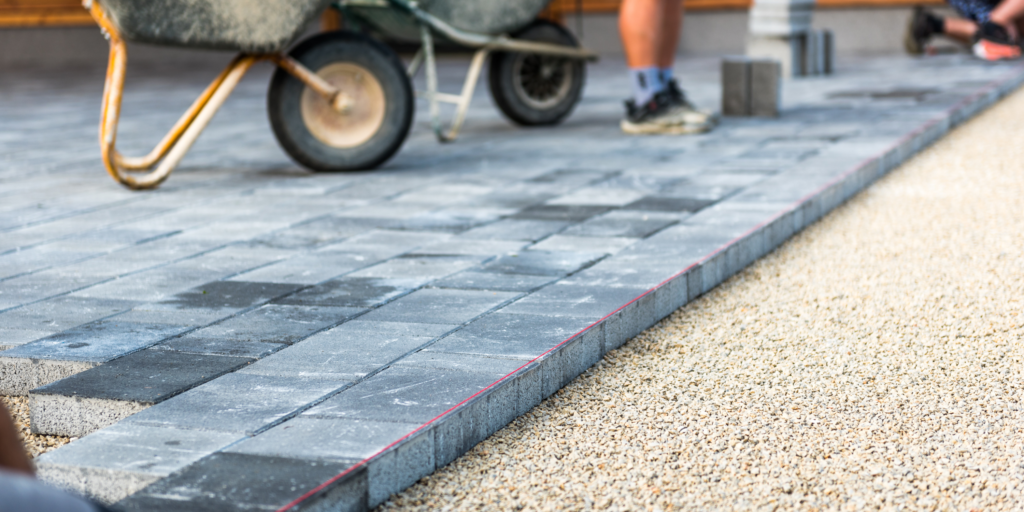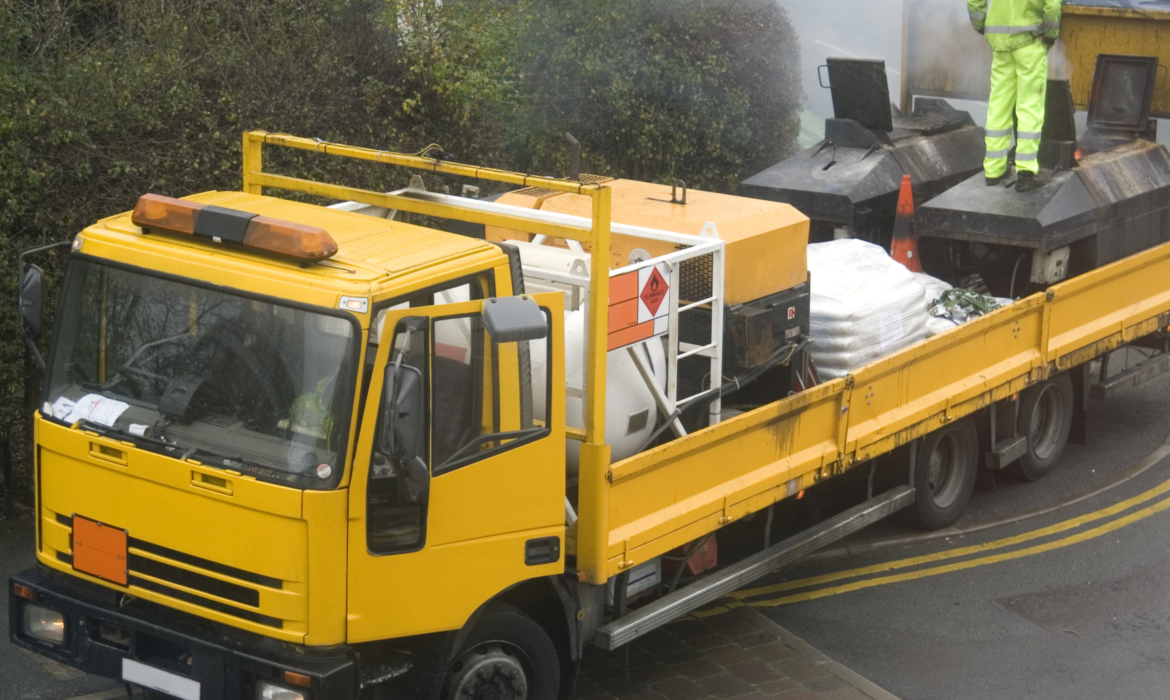Choosing Driveway Resurfacing or Replacement driveway, the basic walkway that welcomes you home daily needs some TLC. It endures your vehicle’s weight, harsh weather, and the rare basketball game gone wrong. No wonder cracks and potholes form.
Do not worry! Your aging driveway can be revitalized. This blog post compares driveway resurfacing and replacement, two popular options. A good driveway makeover requires knowledge of its distinctions, benefits and cons, and variables to consider before choosing.
Understanding the Difference between Resurfacing and Replacement
Driveway maintenance requires knowing the difference between resurfacing and replacement. Both solutions seem similar, yet they have different methods and effects.
Resurfacing entails adding asphalt or concrete to your driveway. When fixing minor cracks, potholes, or surface flaws, it’s ideal. This option repairs damage and looks new.
However, replacement means removing and replacing the entire driveway. This option is needed if your driveway has substantial damage or structural issues that resurfacing cannot fix.
Both approaches have merits and cons. Resurfacing is cheaper than replacement since it needs fewer labor and resources. Compared to replacement, resurfacing takes less time.
Resurfacing may only temporarily cure large cracks or sinking in your driveway. In these circumstances, replacement is more durable.
Budget, level of damage, future property plans, and personal preferences all be considered when choosing between driveway resurfacing and replacement.

Pros and Cons of Resurfacing
Resurfacing your driveway can enhance its beauty and functionality at a low expense. Consider these benefits and downsides before choosing this choice.
Resurfacing is faster and easier than replacement. Applying new asphalt or concrete over the existing surface saves time and reduces interruption.
Resurfacing also fixes tiny cracks, potholes, and other surface deterioration. Early intervention can prevent additional degradation and extend driveway life.
Resurfacing also lets you choose from modern materials’ colors, textures, and patterns to modernize your driveway. You can improve curb appeal without spending much.
Resurfacing has drawbacks. It may not work for driveways with major structural damage or difficulties. Replacement may be a better long-term answer.
While refurbished driveways offer better color and texture options, they may not be as durable as new ones. Heavy traffic or harsh weather can cause wear and tear over time.
Pros and Cons of Replacement
Replacement is often the more dramatic driveway maintenance solution. However, it may be best in some cases. Examine replacement’s pros and cons.
The fresh start you get when redoing your driveway is one of its biggest benefits. You can choose from many materials, colors, and patterns to give your home the perfect aesthetic. New driveways are also more durable than resurfaced ones.
Unfortunately, replacing your driveway is more expensive than resurfacing. The cost depends on driveway size and replacement material. Be sure to consider this when choosing.
Resurfacing takes less time than replacing your driveway. Installation might be disruptive, especially if you use your driveway frequently.
Replacement has many cosmetic and durability benefits, but it may not always be necessary or justified depending on your driveway’s state.
To decide if driveway replacement is best for you, weigh these advantages and downsides.
Factors to Consider when Choosing between Resurfacing and Replacement
One of the biggest issues in driveway upkeep is whether to resurface or replace it. Both solutions offer pros and cons, so weigh a few considerations before choosing.
Check your driveway’s overall condition. Resurfacing may be cheaper for minor cracks or surface damage. However, if your driveway has severe potholes or collapsing edges, replacement may be recommended for durability.
Age is another consideration for your driveway. Resurfacing can refresh it without replacing it if it’s new and simply shows wear and tear. If your driveway is old and worn out with frequent repairs, replacement may be more durable.
Consider your property plans for the future. If you’re selling soon or want to improve curb appeal, fixing an outdated or broken driveway might boost resale value. Resurfacing may be enough if you want to stay in your house for many years and want a simple fix that will last several seasons before extensive maintenance is needed again.
Cost Comparison: Resurfacing vs. Replacement
Cost is important when choosing between resurfacing and replacement. Let’s compare both choices’ prices.
Resurfacing a driveway is cheaper than replacing it. Applying a fresh layer of asphalt or concrete over the old surface can save money on materials and labor. Full replacement takes longer and causes more inconvenience than resurfacing.
However, rebuilding your driveway requires removing and replacing the surface. Material expenses and worker intensity make this process more expensive.
Resurfacing may be cheaper, but if your driveway has structural difficulties, it may not last. Replacement may be needed for durability and lifetime.
Costs for both choices depend on driveway size, supplies, and construction equipment accessibility.
Cost alone shouldn’t determine resurfacing or replacement. Consider your current driveway surface, the desired lifespan of your new driveway, and aesthetic preferences.

How to Decide Which Option is Right for You?
Whether to resurface or replace your driveway depends on various things. Consider your driveway’s overall condition first. Just worn down with cracks and minor damage? Does it have deep cracks and potholes?
Consider your budget next. Resurfacing is cheaper than replacing the surface because it only involves adding asphalt or concrete. However, replacement may be necessary if your driveway is beyond repair and needs a thorough revamp.
Also, consider each option’s durability. Replacement gives your driveway a fresh start and can last longer if maintained. Resurfacing can increase its lifespan by several years.
Consider aesthetics too. Replacement offers for more adaptability if you want to upgrade or redesign your driveway. Consult driveway experts. They can examine your circumstances and offer experienced advice on the best alternative.
Remember that each circumstance is unique. By considering these considerations and consulting an expert, you can decide if driveway resurfacing, or replacement is suitable for you!
Conclusion
Choosing between resurfacing and replacing a driveway can be difficult. Both solutions offer merits and cons depending on your driveway condition, price, and preferences.
Resurfacing an old driveway is a cheap method to revitalize it. It fills minor fractures and defects with a fresh asphalt or concrete overlay. It may not fix structural issues or serious damage.
However, replacement means removing and replacing the driveway. This choice costs more upfront but gives long-term durability and the chance to construct a driveway that matches your style.
Consider your driveway’s age and condition, level of damage or deterioration, intended lifespan of the new surface, budget for repairs or upgrades, and project timeline to make the appropriate choice.
Driveway contractors should also be consulted. They can accurately assess your demands and recommend resurfacing or replacement.

